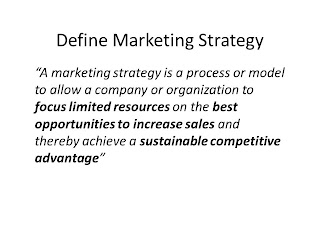I would like to thank all of you for sending in you questions. Of course I won't be able to answer every single one but since many of the questions are similar, I hope the questions that I do address will answer many of your questions.
Andrew from Kota Damansara sent in the above question, " Why does my boss keep asking me to redo my presentation?" and sent me a copy of one of his PowerPoint files. After reviewing the file he sent, I hope the following tips will help him and others faced with the same issue :
 |
| People have trouble paying attention for more than 20 minutes so keep your presentation short |
1. Keep it short and to the point- Always try to put yourself in the shoes of your boss. He or she will always be very busy with many things at the same time, so if you can put your point across quickly and clearly without them having to think too much they will greatly appreciate it. The PowerPoint file you sent was very big and had 23 slides in it for a simple proposal to purchase a new version of software that your department uses. Try to keep your slides to a minimum but still getting the message across. Bear in mind most people do not have an attention span of more than 20 minutes. Your boss probably realises this and wants you to keep it short for the benefit of the audience who you will need to present to and convince.
 |
| Images in a slide must help to convey a clear message, too many images creates clutter! |
2. Keep it simple - Your slides have too many things going on at the same time. Not only is this distracting but it makes it difficult for people to follow what you are trying to say. A single image to convey a specific point should be sufficient, too many pictures make the whole slide look very cluttered and leaves a bad impression. Also too much text on the slide and reading the text is a sure way of putting your audience to sleep as they can read much faster than you can while you are presenting. Too often people create what some people call, 'sliduments' which are a hybrid of slide and document. The slides are just a tool for you to help present you case, the details should be in separate document, i.e. the formal proposal memo.
3. Tell the good with the bad- It is not enough to just highlight the strength and benefits of your proposal. Your presentation needs to be balanced. What this means is that you also need to be able to pre-empt possible concerns that the audience may have. You need to put in a section that also highlights the possible risks that your proposal will create and also how you will mitigate those risk with specific actions and interventions. This was missing from the file you sent and I would consider this a major omission.
4. Keep your boss in the loop- As you develop the slides pack it would be a good idea to consult with your boss at appropriate intervals to make sure you are meeting his or her expectations. To start off, develop a skeleton framework of just the heading of each slide so that your boss agrees with the flow and direction of your presentation. Next check point could be fill in the key points of each slide present again for comments and feedback. Finally show your final draft for comments and approval. Involving your boss in the development and creation process will generate a feeling of joint ownership and also show your initiative to get things done right. A common mistake of many young executives is to only show the boss the final product without any communication or validation in between. Most important of all listen to the comments that you boss makes and do not repeat the same mistakes. After a few rounds you should be able to have a good model in your mind of what your boss considers a good presentation and try to stick to it.
For those of you who have sent in questions but I have not had the opportunity to answer, thank you for sending them in but please bear with me. I will try to answer as many as possible in the coming weeks. If you have an interesting question about presentations or general business communications do send it in.






.jpg)







































